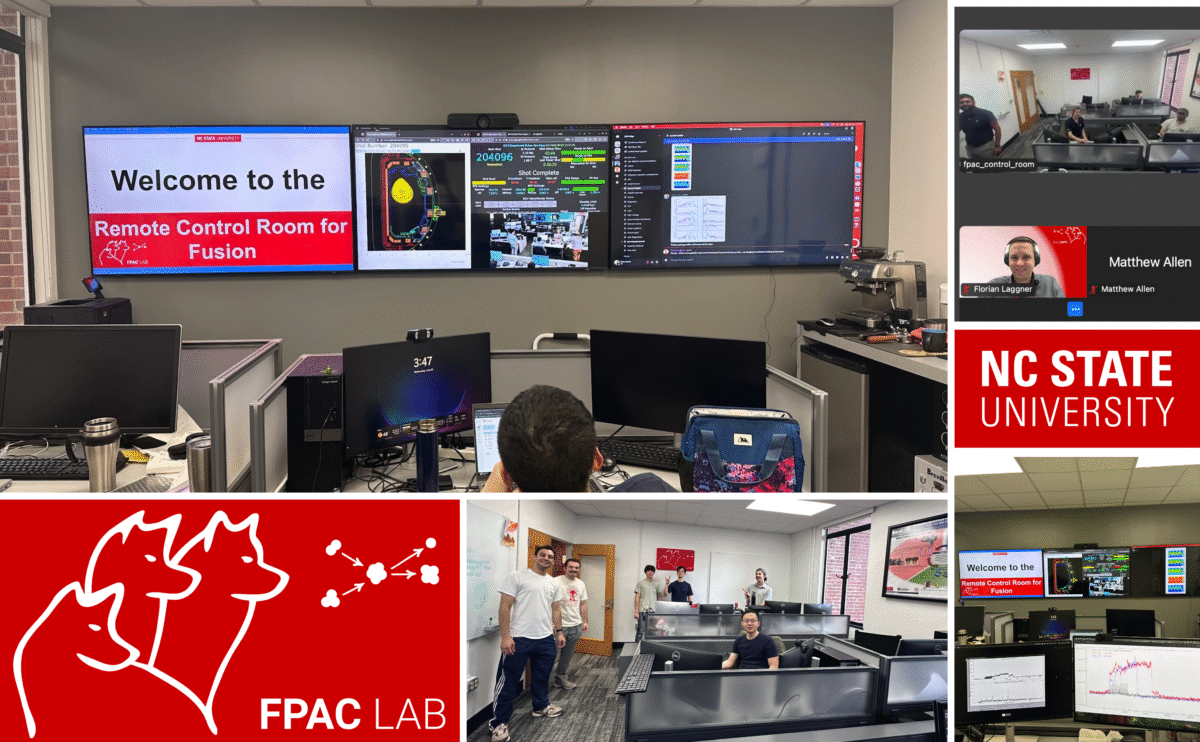Ask the expert: Why is it important to introduce engineering concepts to K-12 students?

This is part of the monthly “Ask the Expert” series in which NC State College of Education faculty answer some of the most commonly asked questions about education.
Most students understand careers like doctors and firefighters at an early age, so why shouldn’t K-12 educators model and teach about a career as an engineer as well?

Tamecia Jones, Ph.D., an assistant professor of STEM education at the NC State College of Education who researches ways to measure what children know as they engage in engineering projects, believes that all children start out as natural engineers.
Babies figure out how to escape from their cribs and toddlers often find new uses for toys beyond their original intention. As children get older, they will often try to fix toys or other objects that they break and will sometimes even succeed at the attempt.
This natural inclination is why Jones says it is important to begin introducing K-12 students to engineering concepts and get them excited about the field in the same way children get excited about the idea of other, more commonly discussed careers.
“Kids’ imaginations and creativity are the best. If you introduce engineering concepts and learning in K-12, you keep them thinking creatively and believing that they can solve problems. If you add math, physics, chemistry, structures and circuits to an idea, it’s beyond ‘magic’” she said. “The earlier you introduce concepts, the less intimidating it is and students’ curiosity takes hold.”
Even without a specific lesson focused on engineering, Jones said that educators have multiple opportunities throughout the day to introduce students to engineering concepts in an organic way. Teachers can help make the field less abstract by pointing out the engineering that exists in students’ cellphones, tablets, houses, cars and even athletic equipment.
Access to technology is not as important for introducing these concepts, said Jones, who noted that low-tech approaches are usually more accessible for students and will inspire them to do more engineering projects with household items they recognize. Items like popsicle sticks, rubber bands, paper towel holders, glue and even parts from broken toys and electronics can be gathered into a classroom “treasure box,” that students can use to find materials for their projects.
Once educators make the materials available, it is also important that they emphasize that engineering is a career that can be accessible to every student.
“Break down stereotypes and don’t tell students that they have to be good at math and science to be successful,” Jones said. “If you do that, the students who don’t like math or science, or who think they are not good at those subjects, will dismiss engineering as a career pathway. Instead, tell them that they need math and science to accomplish the goal of solving a problem.”
Outside of the classroom, Jones said there are a wide variety of opportunities for students to engage in engineering and STEM disciplines, including through informal learning environments where students don’t feel pressure to perform a certain way. Students can take advantage of that freedom to be academically challenged while having fun by learning to use engineering in beneficial ways.
Whether a student ultimately goes on to major in engineering in college or simply enjoys the process of building and creating, learning engineering concepts will help all students learn to become effective problem solvers, which is a skill that will be crucial in any career path they choose.
“At the heart of engineering is problem-solving. Even if a student doesn’t become an engineer, they will still have some type of problem to solve. The skills they learn in engineering courses teaches them habits of mind they can use for the rest of their life,” Jones said.
Video by Ryan Clancy
This post was originally published in College of Education News.
- Categories:


